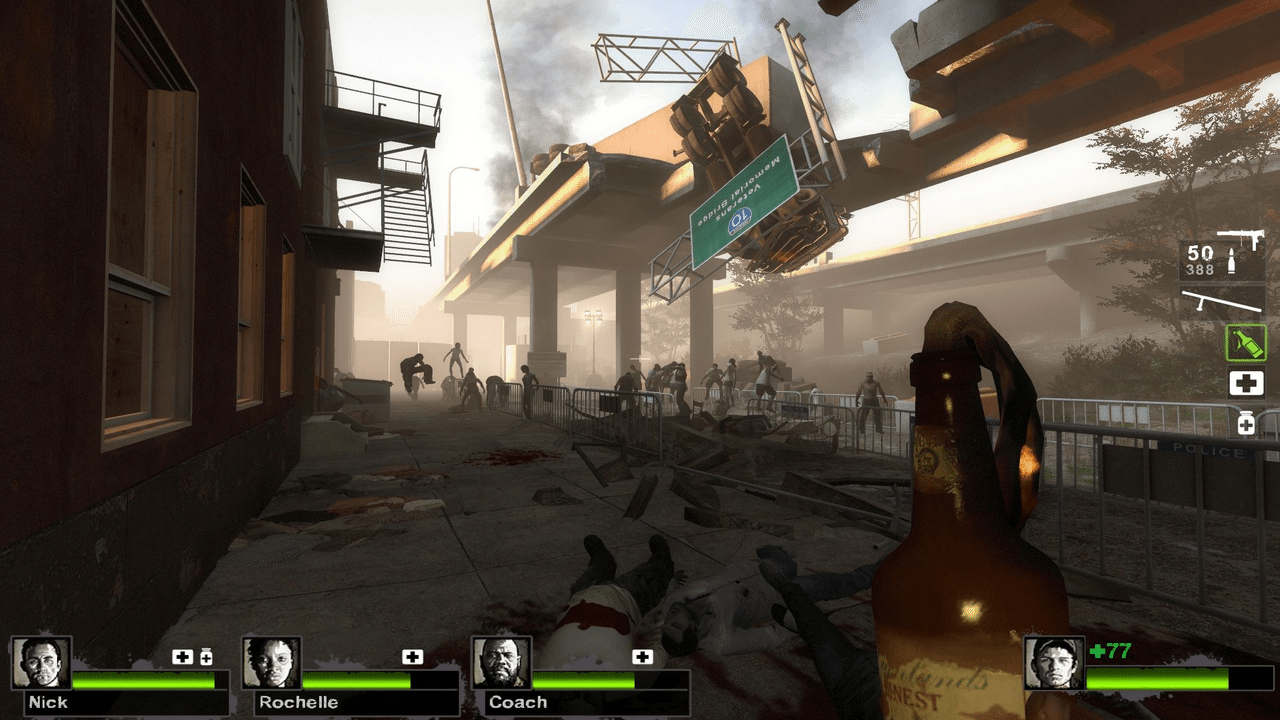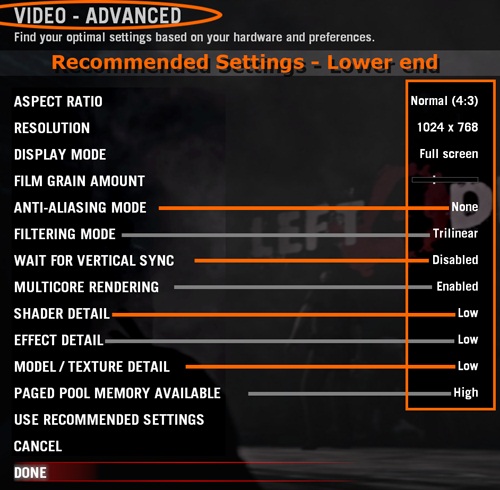
Like any electronic device, batteries can fail, and circuits can short. If you've tired the above solutions, and still your iPhone keeps shutting off, your device might be experiencing a more severe problem.

If so, hallelujah! If not, there's one more thing to try. When you're all done, see if your iPhone or iPad stays on. How to restore your iPhone or iPad using macOS Catalina Of course, the process is a little different now on macOS Catalina, and uses the Finder instead of iTunes. How to restore your iPhone or iPad using iTunes That can sometimes shake loose bad bits that even a hard reset or iCloud restore can't. iTunes is a safer bet than iCloud because it actually offloads, re-installs, and reloads your data rather than doing everything in-place and on your device. In this case, restoring your iPhone or iPad in iTunes.

RestoreĪfter trying the easy fixes, it's time to try the harder ones. Once you're fully charged, keep an eye on your iPhone or iPad and see if it shuts down again. If it doesn't seem to be responding, try a different charging cable, a different USB outlet plug, or a different USB port on your computer. In either case, connect your iOS device to its charging cable, plug into an outlet or USB port, and start charging. If it shows a partially or fully charged battery, you may have another problem. If it shows little to no charge, it means something drained your battery. Once the charging cable's in place, you should see it begin to charge, and you'll be able to read the battery level. If your iPhone or iPad is rapidly discharging, plug it in. If it doesn't (or if it won't reboot), go on to the next step. Once your iPhone or iPad has rebooted, check to see if it stays on and operational.


Release the side button when you see the Apple logo.


 0 kommentar(er)
0 kommentar(er)
